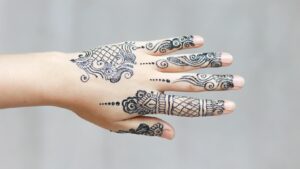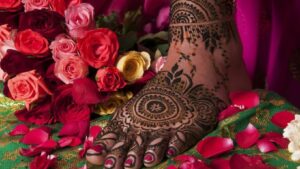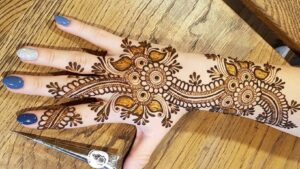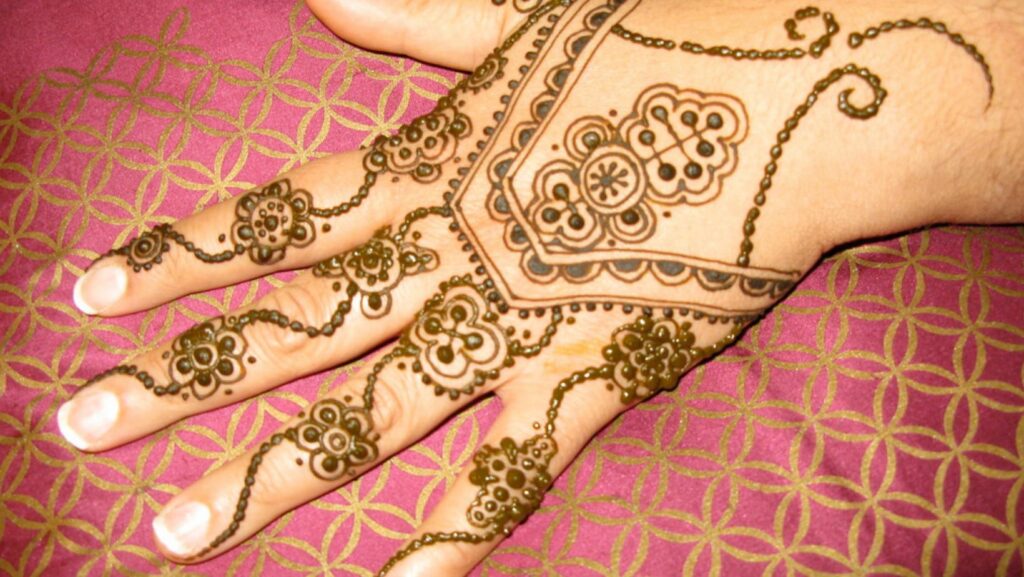Henna, an ancient art form, has been adorning the hands and feet of women for centuries. Originating from the Middle East and South Asia, it’s a tradition that’s as beautiful as it is symbolic. From intricate bridal designs to simple patterns, henna mehndi design is a captivating blend of culture, tradition, and aesthetics.
Get ready to embark on a fascinating journey, exploring the multifaceted world of henna mehndi design, where tradition highlights creativity, and key performances of artistry meets passion.
Henna:otqeuptkr1y= Mehndi Design

Encompassing cultural significance, the legacy and history of henna mehndi design showcases a powerful form of expression. Its roots reach deep into the societal norms of Middle Eastern and South Asian cultures. Henna, an organic product derived from the Lawsonia inermis plant, forms the base for these intricate designs. Symbols like flowers, leaves, or geometric shapes represent different virtues and messages. For example, peacocks typically represent beauty, while swirls or spirals symbolize new beginnings.
Advancements in techniques, over time, enhanced the depth and variety of henna designs. Cream henna, offering precision and control, enables artists to deliver complex designs, while traditional paste henna continues to be popular for its ability to produce striking darker stains.
Engrossed in the tradition of henna mehndi design, artists and patrons dedicate significant time and passion to mastering this art. Each design, despite its transient existence, holds enduring emotional meaning, making this age-old body art form an ode to human creativity and cultural heritage.
Popular Henna Mehndi Designs
With origins tracing back to the Middle East and South Asia, henna mehndi designs distinguish themselves in the realm of body art. Ranging in style, symbolism, and technique, the popular designs capture particular attention. Amongst the many variations, a few stand out as favorites globally.
- The Peacock Pattern: Symbolic of beauty and grace in many cultures, the peacock pattern is a prevalent henna design. Attention to detail is key in replicating the peacock’s elaborate wings and tail feathers.
- Floral Designs: Floral patterns, showcasing lush flowers and leaves, convey femininity and fertility, often chosen for bridal mehndi.
- Geometric Patterns: Featuring precise straight lines, squares, and triangles, these angular designs reflect modernity and simplicity.
- The Paisley Print: A timeless pattern, reminiscent of a teardrop, this design conveys luck and prosperity in many cultures.
- Traditional Indian Mehndi: Dense patterns filled with intricate details, these designs typically cover one’s palms to one’s arms, often favored for celebrations and weddings.
Remember, each design isn’t just a visual spectacle; it’s a symbol of cultural significance, reflecting a deep-seated tradition and narrative.
Materials and Techniques for Applying Henna

Crafting the compelling henna mehndi designs involves a curated choice of certain materials and the proficient execution of refined techniques. Natural henna powder, an essential ingredient, comes from the henna plant, Lawsonia inermis. Mixed with water, lemon juice, or tea, it becomes a paste that’s prime for intricate design works. For darker stains, artists often add sugar, eucalyptus oil, or clove oil.
In terms of equipment, artists wield a variety of utensils like henna cones, syringes or Jacquard bottles with various-sized tips. The preference in tool depends on the complexity of the design, size of the pattern, and desired precision. Note that, for smaller details, the smaller-sized tips on a henna cone or Jacquard bottle prove efficient.
Techniques vary significantly, too. If an artist employs freehand drawing, he or she might commence with a central pattern on the hand or foot, spiraling details outward. Alternatively, artists may use stencils, which allows for quick, repeated use of a specific design. Among the wealth of designs illustrated before, each carries unique application methods, requiring different grips, pressure and angle control of the henna tool. Continuing to unravel the beauty of henna mehndi art, each added layer, every meticulous stroke, speaks volumes about the artist’s skill and adds nuances to the overall design.
Henna Mehndi in Modern Fashion

Henna mehndi’s rich heritage and artistic depth, as explored in this post, make it much more than a temporary tattoo. It’s a storytelling medium, a cultural symbol, and a testament to the artist’s skill. Modern advancements have not only diversified the designs but also the techniques and tools used, adding new dimensions to this ancient art. Today, henna mehndi continues to evolve, finding its place in contemporary fashion while retaining its traditional roots. It’s a fascinating intersection of the old and the new, of tradition and innovation. Whether it’s a simple floral pattern or a complex geometric design, each stroke of henna tells a story, each design carries a message. As we continue to appreciate and explore henna mehndi, we’re not just adorning our bodies, we’re partaking in a rich cultural narrative that’s as beautiful as the designs themselves.

